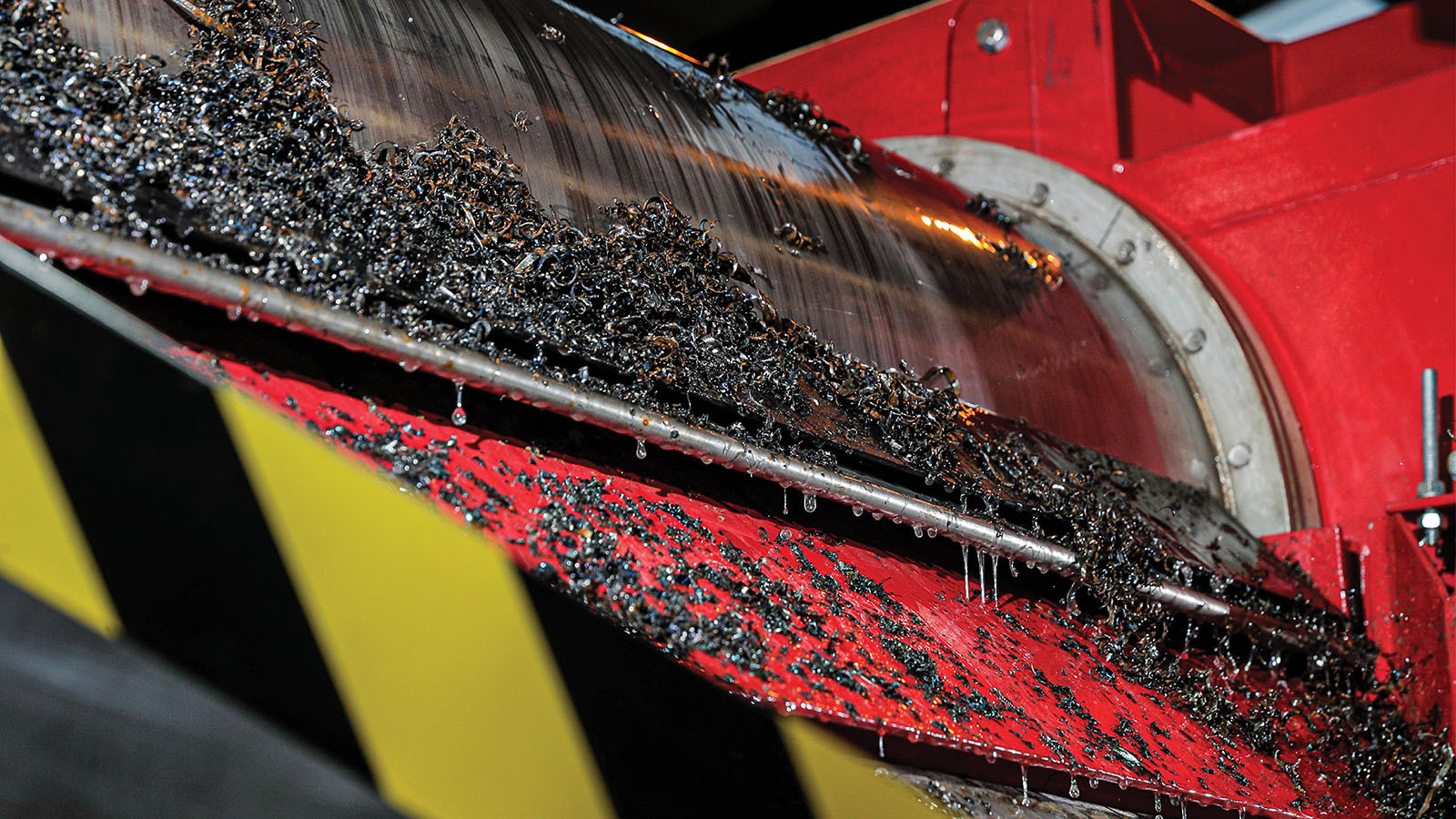 Search
Search
 Search
Search

Case Studies on Two Norwegian Continental Shelf (NCS) Operations
Download PDFUnconventionals

Provide an alternative to transporting waste water to the shore for 2 operators
Norwegian Continental Shelf, Norway

Oily slops resulting from rig cleaning and contaminated rain water were typically sent to shore for processing as discharge is limited to 20 ppm oil content, per OSPAR regulations. To mitigate the high cost of transporting waste water to the onshore treatment facility, an alternative was needed that would reduce logistical issues by treating oily slops at the rigsite, and allow the operator to comply with discharge and safety regulations. In addition, the alternative option had to be easily deployed and occupy a small footprint due to limited deck space.
The Baroid team recommended installing an Offshore Slop Treatment Unit developed specifically for NCS operations.
The containerized unit is rigged up easily and quickly. It is also easy to shut down when no oily liquid wastes are generated by the rig, allowing for more efficient use of personnel.
Unit operation does not require costly consumables – such as a filter that would need a special disposal process – and chemical consumption during the process is minimal.
The unit can be connected to any pit on the rig and combined with pit cleaning equipment as needed. It handles variable levels and types of contamination, and the results are tracked by a Real Time Total Petroleum Hydrocarbons measurement instrument.
